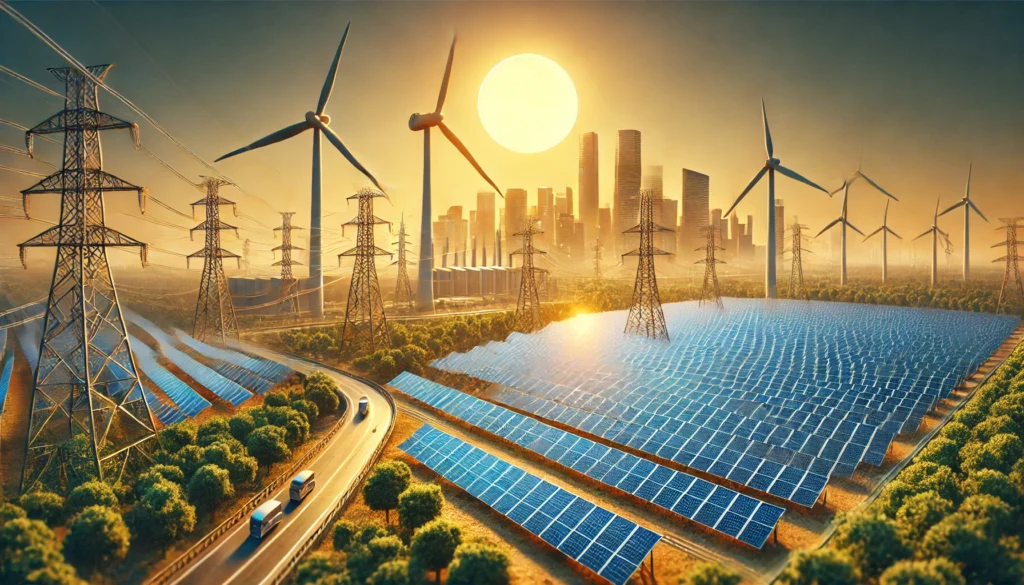According to the Union Ministry of New and Renewable Energy, renewable energy contributed 22.49% of the total electricity generated from January to March 2025 in India. This data was placed before the Rajya Sabha on Tuesday by Shripad Yesho Naik, Minister of State for Renewable Energy, in reply to a question raised by CPI MP V. Sivadasan.
India’s Empowerment Targets with Renewable Energy
Naik emphasised India’s plan to reach a capacity installation of 500 GW from non-fossil sources by 2030, according to the commitment made by Prime Minister Modi at COP26.
That is, generation is the amount of electricity produced over a period, while capacity represents the maximum potential electricity production. “Energystats 2023-24” reports that India’s renewable energy contribution improved steadily from 17.28 percent in 2014-2015 to 20.75 percent in 2023-24 and stood at 22.61 percent for 2022-23.
India’s Climate Goals Under the Paris Agreement
India has set ambitious climate goals under the updated Nationally Determined Contribution (NDC) under the Paris Agreement (August 2022): Reduce emissions intensity of GDP by 45% by 2030 (compared to 2005 levels). Increase non-fossil fuel-based energy resources to 50% of installed power capacity (500 GW) by 2030. India has yet to offer its updated NDC for 2035.
Increasing India’s Solar Energy Capacity
The minister answered BJP MP Jaggesh, informing him of India’s achievements in solar energy as follows:
“Over the last decade, solar capacity has grown from 2.82 GW in 2014 to 100 GW in 2025. Manufacturing capacity for solar modules has climbed from a mere 2 GW in 2014 to 67 GW by 2025, according to ALMM,” Naik said.
Future Outlook
The trajectory continues forward for India and its renewable energy sector with supportive policies, enhanced investments, and manufacturing capacity increases. While challenges such as grid integration and energy storage remain, India appears poised to assume a global leadership role in the renewable energy transition.
India is on track with its clean energy targets for 2030 and is expected to do so through a vibrant renewable sector that has the potential to significantly improve in achieving sustainable and self-reliant power generation.

